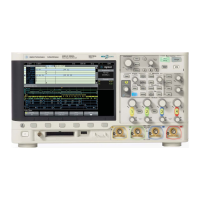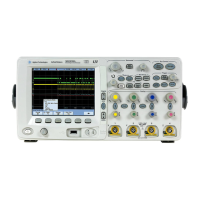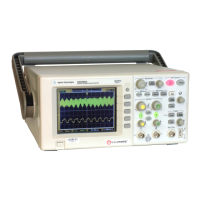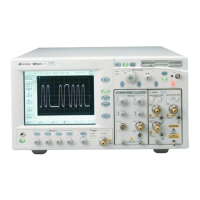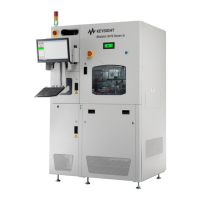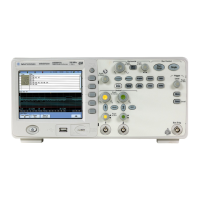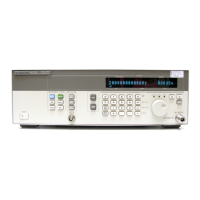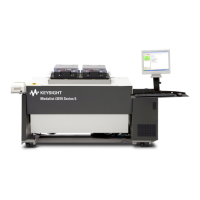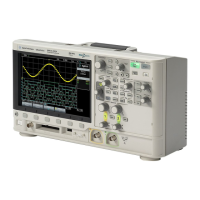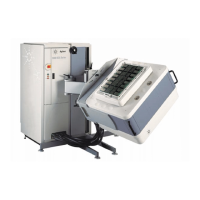178 Agilent InfiniiVision 3000 X-Series Oscilloscopes User's Guide
11 Trigger Mode/Coupling
To select the Auto or Normal trigger mode
When the oscilloscope is running, the trigger mode tells the oscilloscope
what to do when triggers are not occurring.
In the Auto trigger mode (the default setting), if the specified trigger
conditions are not found, triggers are forced and acquisitions are made so
that signal activity is displayed on the oscilloscope.
In the Normal trigger mode, triggers and acquisitions only occur when the
specified trigger conditions are found.
To select the trigger mode:
1 Press the [Mode/Coupling] key.
2 In the Trigger Mode and Coupling Menu, press the Mode softkey; then
select either Auto or Normal.
See the following "When to Use Auto Trigger Mode" on page 179 and
"When to Use Normal Trigger Mode" on page 179 descriptions.
You can also configure the [Quick Action] key to toggle between the Auto
and Normal trigger modes. See "Configuring the [Quick Action] Key" on
page 298.
Triggering and
the Pre- and
Post-Trigger
Buffers
After the oscilloscope starts running (after pressing [Run] or [Single] or
changing the trigger condition), the oscilloscope first fills the pre-trigger
buffer. Then, after the pre- trigger buffer is filled, the oscilloscope starts
searching for a trigger, and sampled data continues to flow data through
the pre- trigger buffer in a first- in first- out (FIFO) manner.
When a trigger is found, the pre- trigger buffer contains the events that
occurred just before the trigger. Then, the oscilloscope fills the post- trigger
buffer and displays the acquisition memory. If the acquisition was
initiated by [Run/Stop], the process repeats. If the acquisition was initiated
by pressing [Single], the acquisition stops (and you can Pan and Zoom the
waveform).
In either Auto or Normal trigger mode, a trigger may be missed if the
event occurs while the pre-trigger buffer is being filled. This may be more
likely, for example, when the horizontal scale knob is set to a slow
time/div setting, such as 500 ms/div.
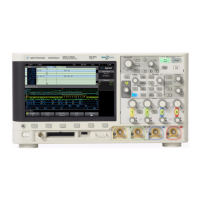
